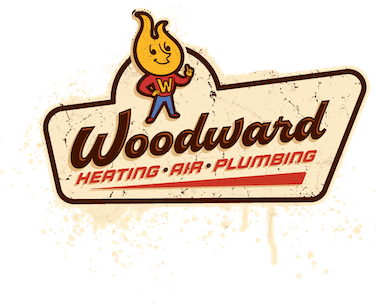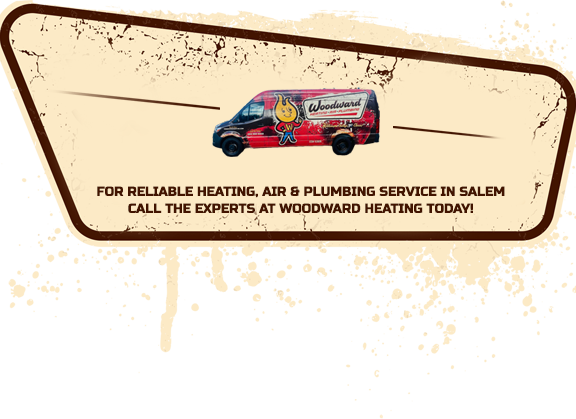A furnace costs a significant amount of money to purchase and install. Therefore, it is reasonable that a homeowner wants to extend the heating system’s lifespan for as long as possible. “Possible” has its limitations, though. In time, a furnace will not be able to perform efficiently and will eventually break down. How much time does the average homeowner have with a house’s furnace? Providing a pinpoint answer becomes difficult because many factors contribute to how long the furnace will last.
Looking at these various factors could provide some insights for homeowners to think about when caring for a furnace. Routine care may also help homeowners understand any problems that might be undermining a system’s lifespan, allowing them to plan accordingly for a new purchase.
Here are some general ideas about what to expect when it comes to the average furnace’s life expectancy.
Lifespans and Average Years
Sources vary, but many resources suggest a furnace could last up to 30 years. Fifteen to 30 or 20 to 30 years appears to be an average online consensus on the lifespan. Of course, some models may last longer, remaining operational for up to 40 years. Other furnaces may break down a lot earlier based on neglect or unforeseen circumstances.
Once again, homeowners need to take routine care of their furnaces to understand the present condition. However, some factors could undermine the furnace’s life regardless of how much care goes into it.
For example, if someone installed the wrong size furnace in a home, serious problems may be unavoidable. A furnace that is too small for a large house will work incredibly hard to keep the temperature regulated. Imagine if this happens in a region where the temperature routinely drops to freezing levels. An undersized furnace forced to address weeks of 30° weather may suffer significant wear. Doing so may take years off the furnace’s life.
And here are two questions worth asking: what kind of furnace is inside the home, and when was it first installed? Not all models are the same, and some present varying levels of quality. One particular brand and model may last slightly longer than another. Homeowners who did not install the furnace could look up the model based on its serial number to learn about its expected lifespan. Reviewing the manufacturer’s user’s guide might reveal such information. Contacting the manufacturer for clarification may deliver some results.
The clock on “15 to 30 years” doesn’t start when someone moves into a house. If the furnace is already 10 years old, homeowners must realize that the timespan for a replacement may come up sooner than they think. Take that as a reason why requesting a service cleaning and inspection seems wise.
The Risks of Excessive Use
Even when an appropriately sized furnace rests inside a home, excessive use could lead to a decrease in life expectancy. Anytime you work a mechanical device too hard, expect the parts to suffer wear. Such may be the case with a vehicle, furnace, or any machine. Using a furnace wisely could extend life.
Once again, some regions are so cold running the furnace excessively for weeks becomes unavoidable. However, questions may arise about the particular temperature level inside the house. Why keep the temperature at 70° when 61° would be adequate? Lowering the temperature may give the system a necessary break, which could have a positive result.
Keeping the furnace from breaking down or requiring premature replacing isn’t the only way the system might cost unnecessary expenses. Keeping the furnace at an excessively high temperature runs up heating bills. When you use more fuel, you must pay for it.
Maybe high heating bills may serve as a warning call, and the warning may extend beyond the issue with the thermostat setting. Drafts and poor insulation might force a furnace to work harder. Sealing windows and doors and examining attic insulation for deficiencies may lead a homeowner to make necessary, energy-saving changes. With those changes, hopefully, come reduced costs and relaxed strain on the furnace.
The age might have an undermining effect on efficiency. A furnace built 25 years ago may doubtfully operate with the same efficiency and performance as a newer one. An older furnace might also drive up heating bills. If the furnace lasts 10 more years, ask, “At what cost?” Maybe replacing an old, outdated furnace before it breaks down makes sense.
Salem, OR, residents seeking furnace repair and installation could turn to Woodward Heating Air Plumbing. We also provide services to those in need of furnace maintenance.
Routine Maintenance and Better Care for the Furnace
An annual service visit could help keep a furnace in top shape. An HVAC professional could arrive at a home to clean and inspect a furnace right before the winter arrives. Performing a tune-up could get the furnace ready for the tougher winter season. Doing so may cut down on wear and extra effort, which may keep the furnace working for years longer. Granted, performing the inspection every year seems wise. Skipping a “year or two” means any problems present may persist for that duration.
The inspection might uncover a damaged part that could drag the system down. Replacing the part may eliminate the current problem and reduce strain. Again, why make the furnace work harder than necessary if doing so comes with negative consequences?
Stay on top of even the most basic steps. Replacing the filter every 90 days or even earlier could take some usage off the system. A clogged filter won’t contribute much to furnace efficiency and smooth operation. A clogged filter might even contribute to overheating and, if the high limit switch doesn’t work, the heat exchanger might crack. Expect enormous repair bills in that scenario or even a recommendation to replace the furnace.
Another option involves installing a smart thermostat. With a smart thermostat, a homeowner gains more options to program a furnace, cutting down unnecessary usage. Smart thermostats allow for setting the thermostat to raise and lower on particular days at set times. The thermostats also work with smartphones and other mobile devices, allowing users to make adjustments as needed from any location. Smart thermostat-driven better efficiency could help the cause of keeping the furnace running well.
Last, homeowners should avoid putting off repairs on furnaces that clearly appear to be malfunctioning. If the furnace is, say, short-cycling, something is likely wrong and requires attention. Delaying repairs or services could make things worse. Hopes to save money by ignoring a problem might lead to spending far more.
And when the time comes to replace a furnace, consider doing so without delays. An aging furnace might be more trouble than it is worth.
Woodward Heating Air Plumbing awaits customers in Salem requesting heating and cooling work, along with thermostat work, indoor air quality, and duct cleaning services. Ask about fireplace services, as well. Our technicians hold NATE certifications, and our company is EPA and NCI-certified. Call today to schedule a visit.






